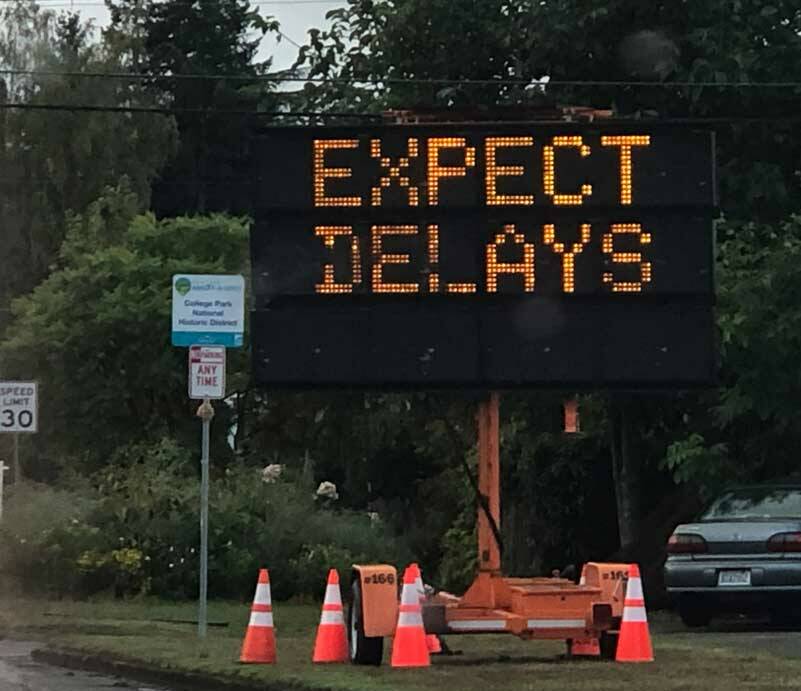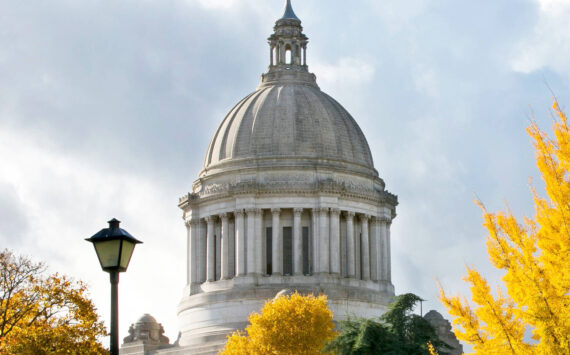By Morf Morford, Tacoma Daily Index
About 5% of new car sales in 2022 were electric. That means 95% of new cars, and about 98% of existing cars run on gasoline (or diesel)
And every time we buy gas, we pay taxes on our purchase. Nationwide we have a federal 18 cent per gallon tax. But states can, and do, set their own rates for taxing fuel.
Some states have higher fuel taxes than others. California has the highest – by far. You will pay a tiny fraction over 86 cents for each gallon in sales tax in that state. Illinois is second at 78 cents per gallon. Hawaii charges 70 cents for each gallon.
Alaska has the lowest rate of 33.5 cents a gallon. Mississippi, New Mexico and Arizona each add about 37 cents to the cost of each gallon.
Washington state falls somewhere in the middle with a tax rate of 49 cents (for gas and diesel).
The pennies add up
As you might guess, those fees for each gallon make a difference. Nationwide, taxes on gasoline amount to $215 million every day. And for each one penny increase, we, as combustion engine users, pay $1.38 billion each year.
Collectively, we spend some $483 million on Federal gasoline taxes every week. Combine that with state taxes that amount to $145 million per day, bringing in a total of about $53 billion each year.
Where does all that money go?
As you might guess, in most states, the majority of that money goes to transportation related expenses. Here in Washington, that means highways, bridges and, unlike most other states, ferries. On a national level, most of that money goes to surface transportation which means separate accounts for highways and mass transit.
The federal government accounts for about one-fourth of total public spending on roads and highways. The remaining three-quarters is financed by state and local governments. You can see details on the federal Highway Trust Fund here.
When it comes to driving, it’s complicated
As I mentioned at the beginning of this article, about 5% of new car sales are electric – and that number is increasing every year. And, to state the obvious – those drivers don’t pay gas taxes. So the government has been developing different driving tax systems. Like pay-per-mile.
Pay-per-mile might be considered more “fair” – but it is immensely complicated. And intrusive.
Under the current system we pay the tax, and drive as much or as little as we like, and go where we want to go without any monitoring or record-keeping.
A tax on vehicle miles driven (pay-per-mile) would provide a more direct link to the actual cost of highway use but, unlike an increase in the tax on fuel, would be immensely difficult to implement – and would certainly require new tolls or electronic monitoring of vehicles.
And, like some express lanes currently in the Seattle area, congestion would be reduced by increasing tolls or the tax rate in certain locations and at certain times of the day.
A per-gallon gas tax encourages the purchase and use of fuel-efficient vehicles. A pay-per-mile tax system might be more “equal” (as in every vehicle in the same category would pay the same price for each mile) but it would not encourage the use of more fuel-efficient vehicles.
Taxes by the gallon, or by the mile?
Few, if any, of us like paying taxes. But taxes, like death, seem to be one of life’s inevitabilities.
And no one, and no tax, will stop Americans from driving. But the taxing system will influence how we drive.
If fuels taxes went up dramatically, drivers are likely to respond by driving less – which would reduce pollution and congestion – and lessen the need for highway construction and maintenance. But drivers could also respond by driving more fuel-efficient vehicles, which would reduce any incentive to reduce miles driven.
Higher motor fuels taxes would increase operating costs for businesses, leading to lower business profits, employee wages, and the federal taxes collected on that income.
In short, taxes on driving may never be “fair”, but either system works something like a “user-fee” program which is probably a better (and more reliable) funding system than a general, all-purpose tax based on income or something else not related to transportation.






